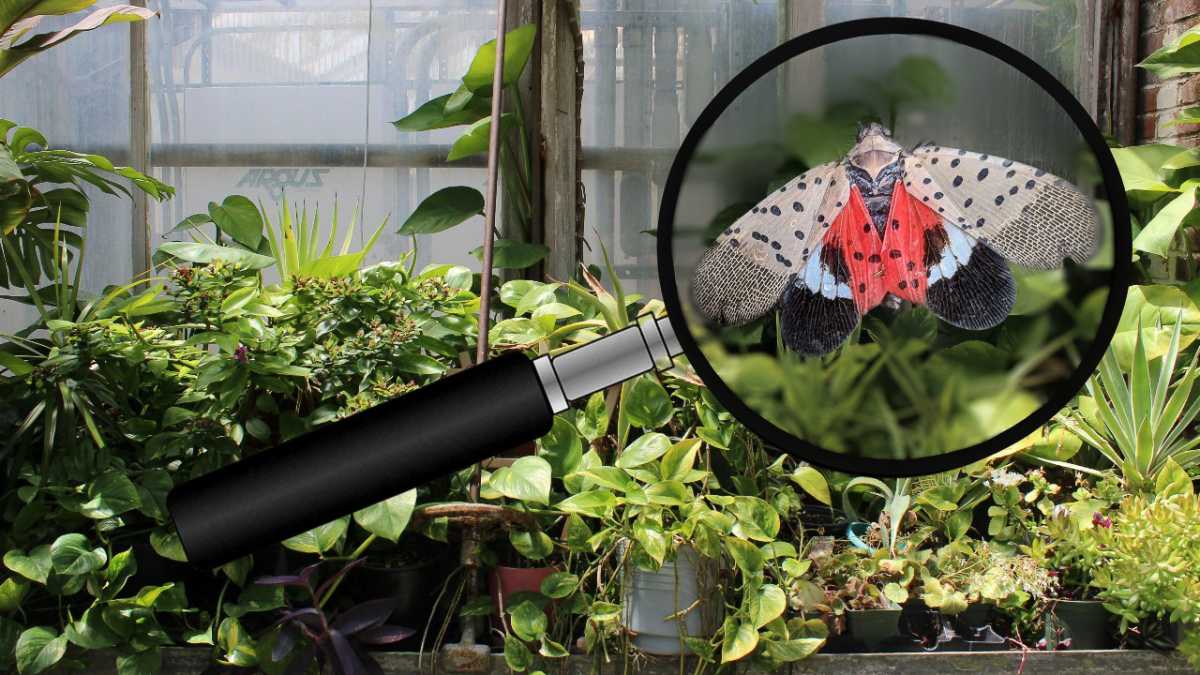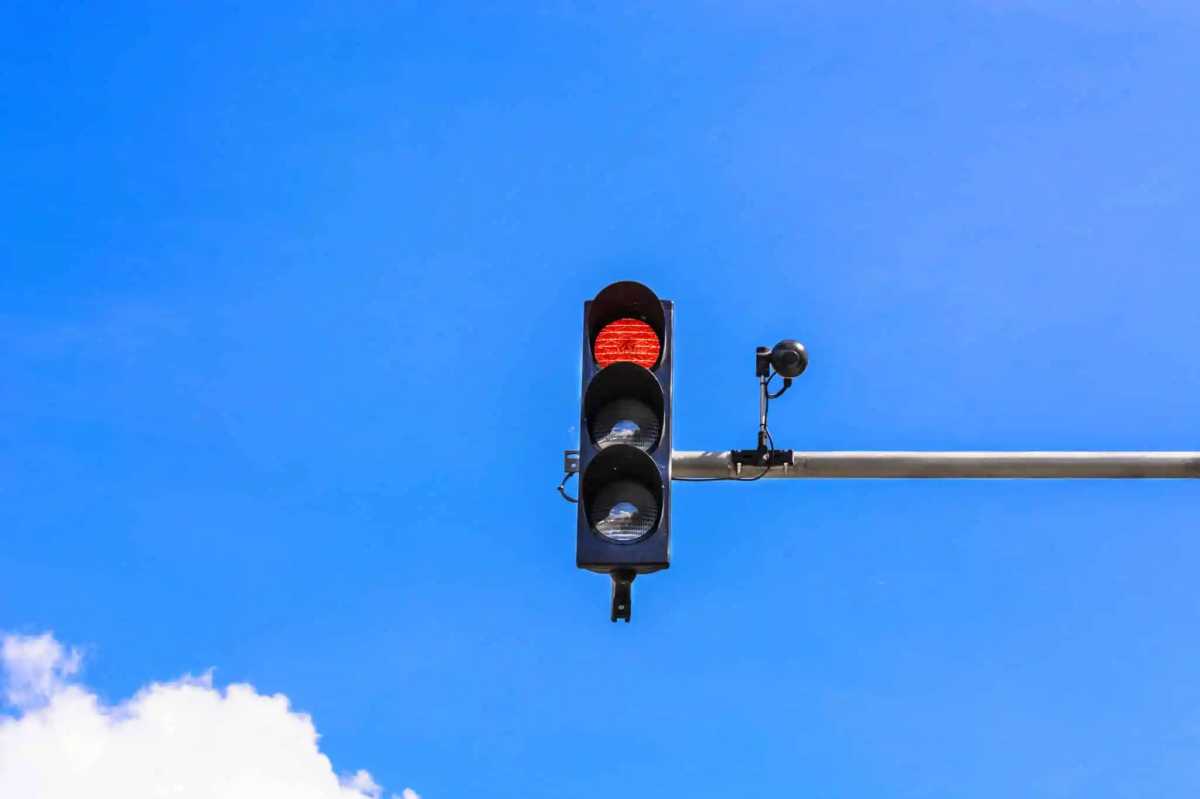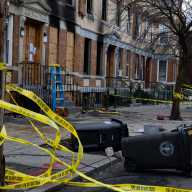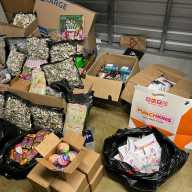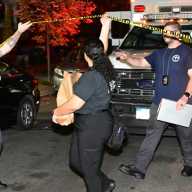The spotted lanternfly, an invasive insect from overseas that New Yorkers are determined to stomp out, reaches full adulthood this month and is likely to start infecting and killing plants and trees.
City residents have taken to social media and other community forums to share their findings of the lanternflies, seeing the black and white specked nymphs on trees and plants. The insects are pernicious, feeding off the sap that protects the trees and plants, leaving them vulnerable to sickness and other species to kill them.
The spotted lanternfly was first discovered in New York City four years ago. Ever since they emerged, New Yorkers have been calling for their elimination and have been alerting authorities as to their location.
In August 2023, Chris Logue, the Director for Plant Industry at the New York State Department of Agriculture and Markets, advised New Yorkers that their intervention made a difference in addressing the SLF problem, but more would be needed to combat the species.
“The public has been a tremendous resource for us regarding SLF, and we thank them for that,” Logue stated. “Our efforts at the Department need to focus first on protecting our agricultural areas from SLF because if not contained, SLF could have a negative economic impact to NYS of at least $300 million annually, mainly to the grape and wine industry.”
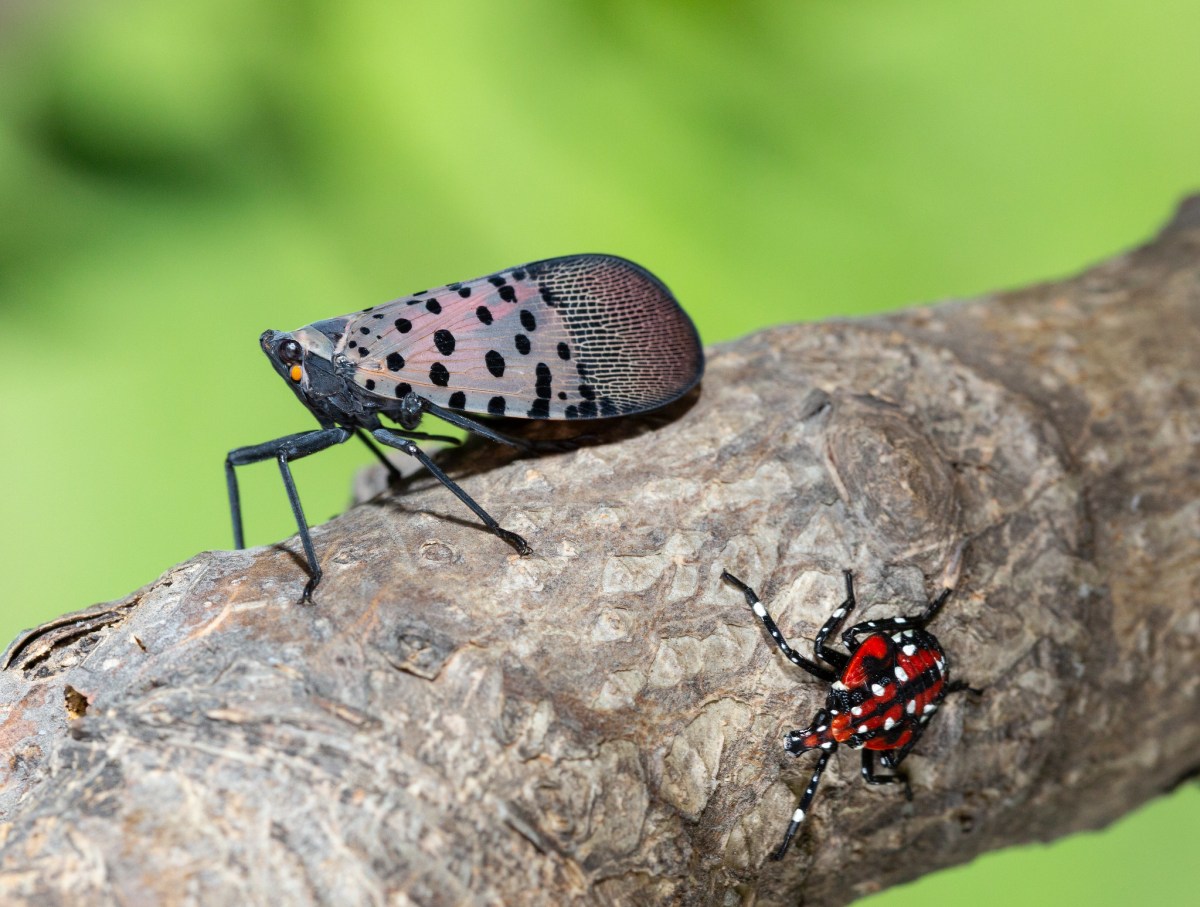
According to Cornell University, the SLF begins to take on its red coloration in July and can measure up to ¾ – 1 inch in length. Due to their hind legs, SLFs are also known to have impressive jumps and can fly for short distances.
SLFs feed on more than 100 plant species, including plants and crops that are critical to New York’s agricultural economy, according to the NASMA. Those crops include greenery like grapevines, apple trees, and hops.
The outcome of the SLF invasion is harmful to plant life, and their invasive behavior leaves plants vulnerable to further infestation, disease, and death.
Some of the ways NYC residents can kill SLFs are simply by stomping, swatting, or crushing them.
Other suggestions that involve less physical effort include spraying them with white vinegar or a mixture of water and dish soap.
Herbicides also work, but natural methods have been recommended over the use of chemicals.

